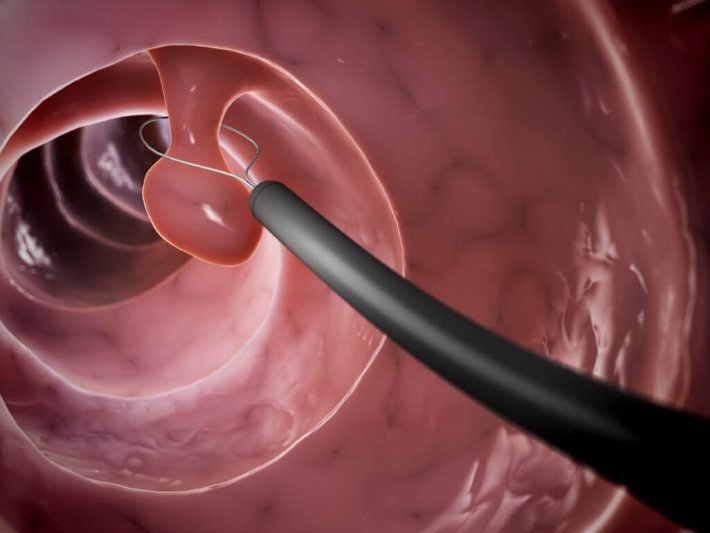-
April 30, 2020
-
0

What is Polypectomy?
Polypectomy is a surgical procedure used to remove small finger-like growths called polyps that develop on the cervix or uterine lining. In most cases, these growths are non-cancerous, but they can cause issues such as heavy menstrual bleeding, abdominal pain or bleeding after menopause.
There are two common types of gynaecological polypectomy:
- Uterine polypectomy where polyps are removed from the endometrial tissue that lines the uterus
- Cervical polypectomy where polyps are removed from the cervix
What are the causes of uterine polyps?
Hormonal factors are known to play role in the development of uterine polyps. These growths are sensitive to oestrogen, which means that they grow in response to the oestrogen circulating in the individual’s body. Perimenopausal or postmenopausal women are sometimes at risk of developing cervical or uterine polyps. Being obese or having high blood pressure are known risk factors as well. Women who are undergoing drug therapy for breast cancer are also more susceptible to developing uterine polyps.
How is Polypectomy performed?
Cervical polypectomy is a minimally-invasive procedure that is usually performed in the outpatient clinic. The procedure is not painful, so anaesthesia is not necessary. A speculum is inserted into the vagina to expose and dilate the cervix. Polyps that have stalks can be removed by grasping and twisting the polyp using forceps until it separates from the cervical wall. For polyps without a stalk, a local anaesthesia is injected into the site and heated wire loop is used to burn the polyps off the cervical wall.
For uterine polypectomy, an ultrasound is first performed to confirm the presence of polyps inside the uterus. A speculum is inserted to expand the cervix. A thin tube with a camera known as a hysteroscope is inserted into the vagina to allow the doctor to examine the uterus and its walls. A suction catheter is used to collect specimens which are sent to the lap to determine if the polyps are cancerous or not. The hysteroscope also has certain tools that allow the doctor to cut and remove the polyps inside the uterus.
If the polyps turn out to be cancerous, the doctor will determine the most suitable evaluation treatment.
Contact
JAYANAGAR
BANASHANKARI

